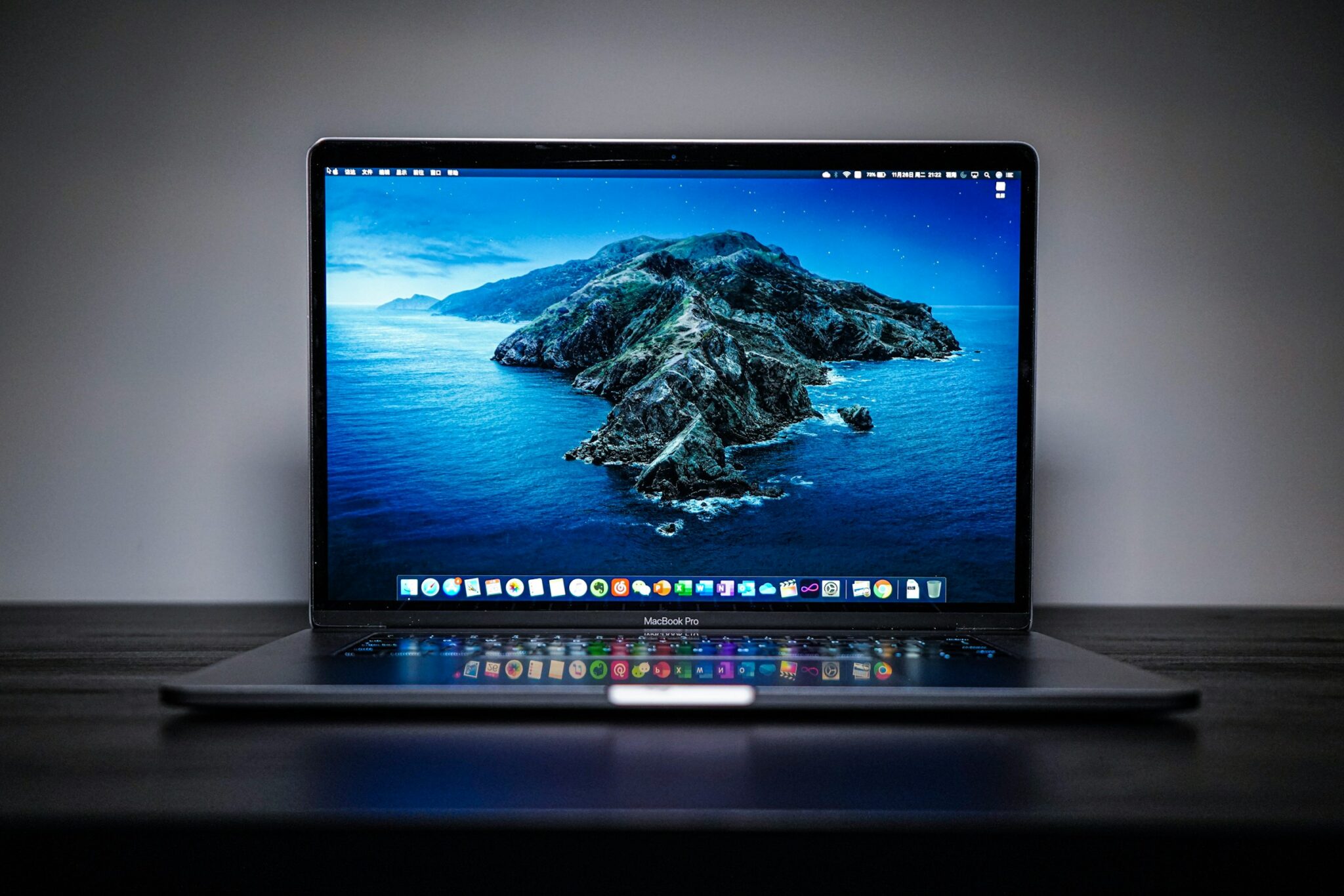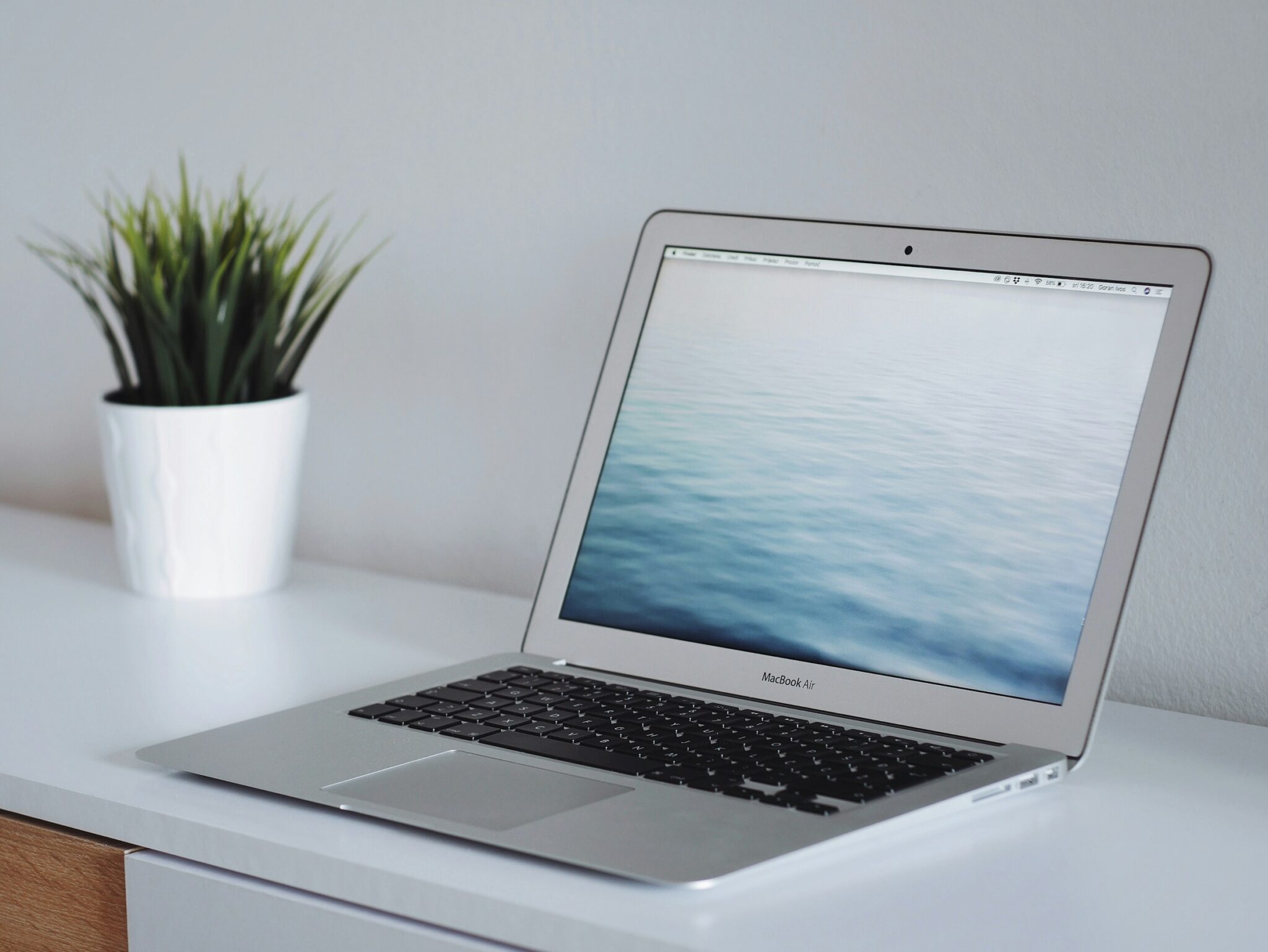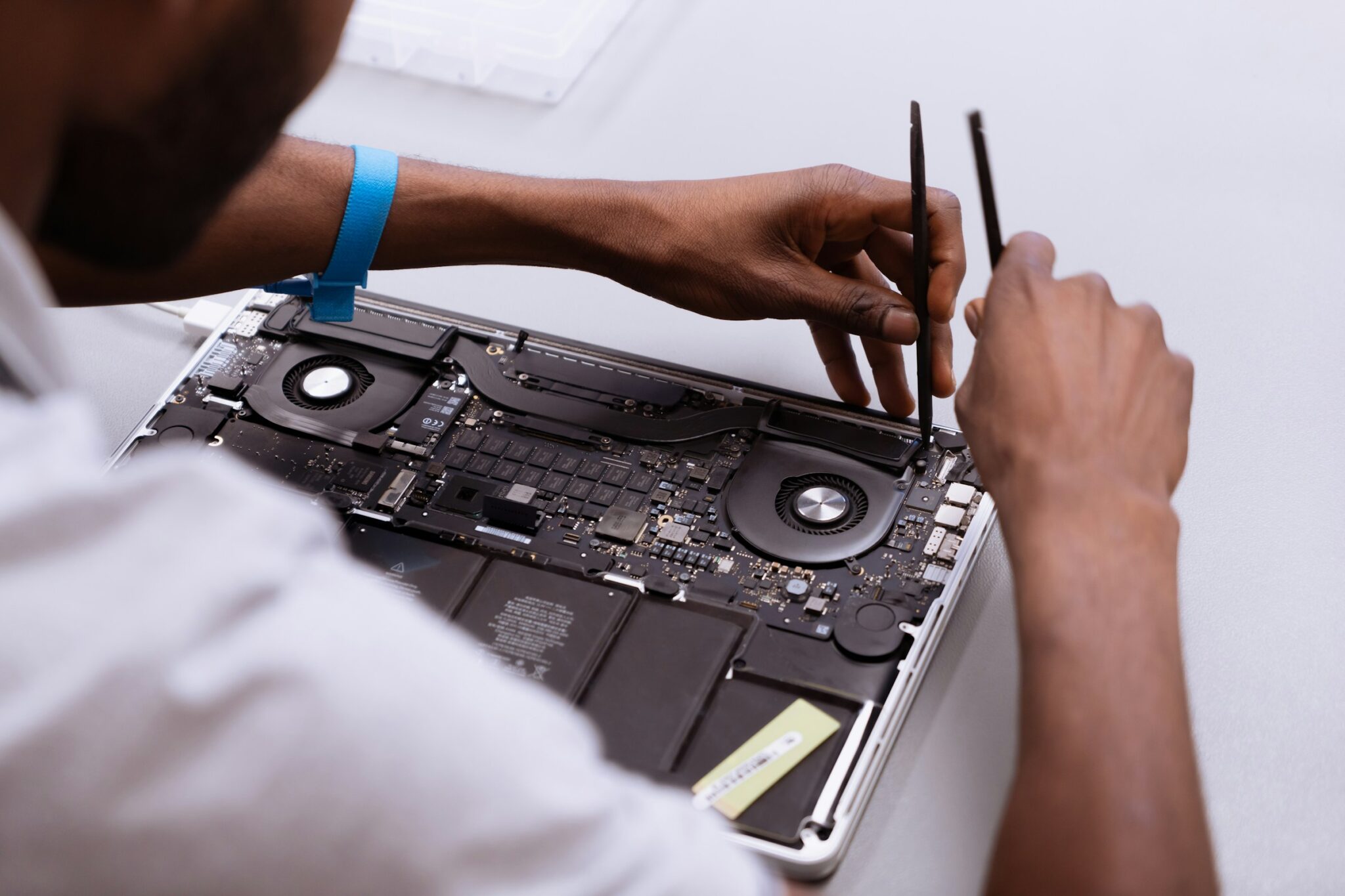On average, a MacBook Pro is expected to last around 7–10 years, while a MacBook Air is estimated to last 5–7 years. However, this can vary depending on factors like the frequency of use, tasks performed, and the quality of care for the battery and other components. In comparison, the average laptop lasts between 3 to 8 years.
In this article, we’ll delve into the factors that influence the lifespan of a MacBook, explore the average lifespan you can expect, and provide tips on how to maximize your MacBook’s longevity.
Table of contents
How long does a MacBook Pro last?
The MacBook Pro, known for its robust build and powerful performance, typically boasts a longer lifespan than its MacBook Air counterpart. On average, you can expect a MacBook Pro to last anywhere from 7 to 10 years. This impressive longevity is attributed to several factors:
- Build quality: MacBook Pros are crafted with high-quality materials, ensuring they can withstand the wear and tear of daily use.
- Hardware: These laptops are equipped with powerful processors and ample storage, allowing them to handle demanding tasks and remain relevant for a longer period.
- Software support: Apple consistently updates the software on MacBook Pros, ensuring compatibility with the latest applications and security features.

However, it’s important to note that this is just an average estimate. The actual lifespan of your MacBook Pro can be influenced by several factors:
- Usage: Frequent and intensive use, such as video editing or gaming, can put a strain on the hardware and shorten its lifespan.
- Maintenance: Regular maintenance, like cleaning the vents and ensuring proper ventilation, can help prolong the life of your MacBook Pro.
- Battery health: The battery is a crucial component of any laptop. Proper battery care, such as avoiding extreme temperatures and overcharging, can significantly extend its lifespan.
By taking good care of your MacBook Pro and using it responsibly, you can maximize its lifespan and enjoy years of reliable performance.
How long does a MacBook Air last?
The MacBook Air, known for its portability and sleek design, typically has a slightly shorter lifespan compared to the MacBook Pro. On average, you can expect a MacBook Air to last between 5 to 7 years. Similarly to the Pro, several factors can influence its actual lifespan:
- Build quality: While the MacBook Air is designed to be lightweight and portable, it may not be as robust as the MacBook Pro, making it more susceptible to wear and tear over time.
- Hardware: MacBook Airs generally have less powerful processors and storage compared to MacBook Pros, which can impact their ability to handle demanding tasks as they age.
- Software support: Apple provides software updates for the MacBook Air, but the hardware’s limitations may eventually affect its compatibility with the latest software.

Despite these factors, you can still maximize the lifespan of your MacBook Air by:
- Careful handling: Avoid dropping or subjecting your MacBook Air to excessive force, as this can damage its delicate components.
- Regular maintenance: Keep the vents clean and ensure proper ventilation to prevent overheating, which can damage the internal hardware.
- Battery care: As with any laptop, the battery plays a crucial role in the lifespan of the MacBook Air. Avoid overcharging and extreme temperatures, and calibrate the battery periodically to maintain its health.
How to extend the lifespan of your MacBook
A MacBook is a significant investment, and with proper care and maintenance, you can maximize its lifespan, ensuring it remains a reliable and high-performing device for many years. Here are some practical tips to help extend the life of your MacBook:
1. Keep software updated
Regularly updating your macOS is crucial for maintaining your MacBook’s performance and security. These updates often include important security patches, bug fixes, and new features that can enhance your device’s functionality. To ensure your MacBook stays updated:
- Enable automatic updates in System Preferences.
- Regularly check for software updates manually if automatic updates are disabled.
2. Manage battery health
Proper battery management is essential for prolonging the lifespan of your MacBook. Here are some tips to maintain optimal battery health:
- Avoid keeping your MacBook plugged in all the time. Allow the battery to cycle between charging and discharging.
- Use the built-in battery health management feature introduced in macOS Catalina 10.15.5, which helps reduce wear on the battery and prolong its lifespan.
- Avoid exposing your MacBook to extreme temperatures, both hot and cold, as this can negatively affect the battery.
3. Clean and maintain your MacBook
Keeping your MacBook clean can prevent dust and debris from affecting its performance and longevity:
- Use a soft, lint-free cloth to clean the screen and keyboard regularly.
- Ensure the vents and ports are free from dust to maintain proper airflow and cooling.
- Avoid eating or drinking near your MacBook to prevent accidental spills and crumbs from getting into the device.

4. Optimize storage
Maintaining adequate storage space is important for your MacBook’s performance:
- Regularly clear out unnecessary files and applications.
- Use external storage solutions or cloud services to offload large files and backups.
- Utilize the built-in storage management tools in macOS to help identify and remove unwanted files.
👉 Learn more: 20 Ways To Fix a Slow Mac (+ Maintenance Tips)
5. Protect against physical damage
Physical protection can significantly extend the life of your MacBook:
- Use a protective case or sleeve to shield your MacBook from scratches and impacts.
- Consider applying a keyboard cover to prevent dust and debris from entering the keyboard.
- Handle your MacBook with care, avoiding drops and rough handling.
6. Monitor system performance
Keep an eye on your MacBook’s performance to identify and address issues early:
- Use the Activity Monitor to check for resource-heavy applications that may be slowing down your system.
- Regularly restart your MacBook to clear temporary files and refresh system processes.
- Consider resetting the System Management Controller (SMC) and NVRAM/PRAM if you encounter persistent performance issues.
7. Use quality accessories
Using high-quality accessories can prevent damage and ensure compatibility:
- Invest in a good quality charger and cables to prevent power-related issues.
- Use compatible peripherals to avoid hardware conflicts and potential damage.
👉 Learn more: Best MacBook Accessories
When should you upgrade your MacBook?
While MacBooks are known for their longevity, there comes a time when upgrading to a newer model becomes necessary. Here are some signs that it might be time for an upgrade:
- Slow performance: If your MacBook struggles to handle everyday tasks or takes a long time to boot up and load applications, it could be a sign that the hardware is no longer keeping up with your needs.
- Limited storage: As your files and applications accumulate, you might find yourself running out of storage space. Upgrading to a newer model with more storage can resolve this issue.
- Incompatibility with software: If your MacBook can no longer run the latest macOS version or essential software updates, it might be time for an upgrade to ensure compatibility and security.
- Battery issues: A worn-out battery that doesn’t hold a charge for long or requires frequent charging can significantly impact your productivity. Upgrading to a newer model with a fresh battery can solve this problem because sometimes it can even be cheaper than buying a new battery.
- Desire for new features: Newer MacBooks often come with enhanced features like improved processors, better displays, and advanced capabilities. If you crave these advancements, upgrading can be a worthwhile investment.
👉 Learn more: 7 Best Refurbished MacBooks in 2024
Do you need to upgrade your MacBook? Consider a refurbished model
Upgrading doesn’t always mean buying brand-new and spending thousands. Refurbished MacBooks offer a cost-effective alternative, providing the same performance and reliability at a fraction of the price. Here are some benefits of opting for a refurbished MacBook:
- Cost savings: Refurbished MacBooks are significantly cheaper than their brand-new counterparts, allowing you to access high-quality Apple products without breaking the bank.
- Wide selection: The refurbished market often has a wide range of models available, including some that may no longer be sold as new. This can give you more options to find a MacBook that perfectly fits your needs.
- Reliable performance: Refurbished MacBooks are tested and restored to work like new, ensuring you get a device that meets Apple’s high standards for performance and quality.
At RefurbMe, we offer a comparison platform to help you find the best deals on refurbished MacBooks from multiple trusted sellers. Each MacBook listed on our platform comes with a warranty, giving you peace of mind and protection for your investment.
Compare all available models in real time here. 👇
Happy shopping! 🛍️
👉 Related article: Mac Won’t Turn On: 10 Easy Ways To Fix It








